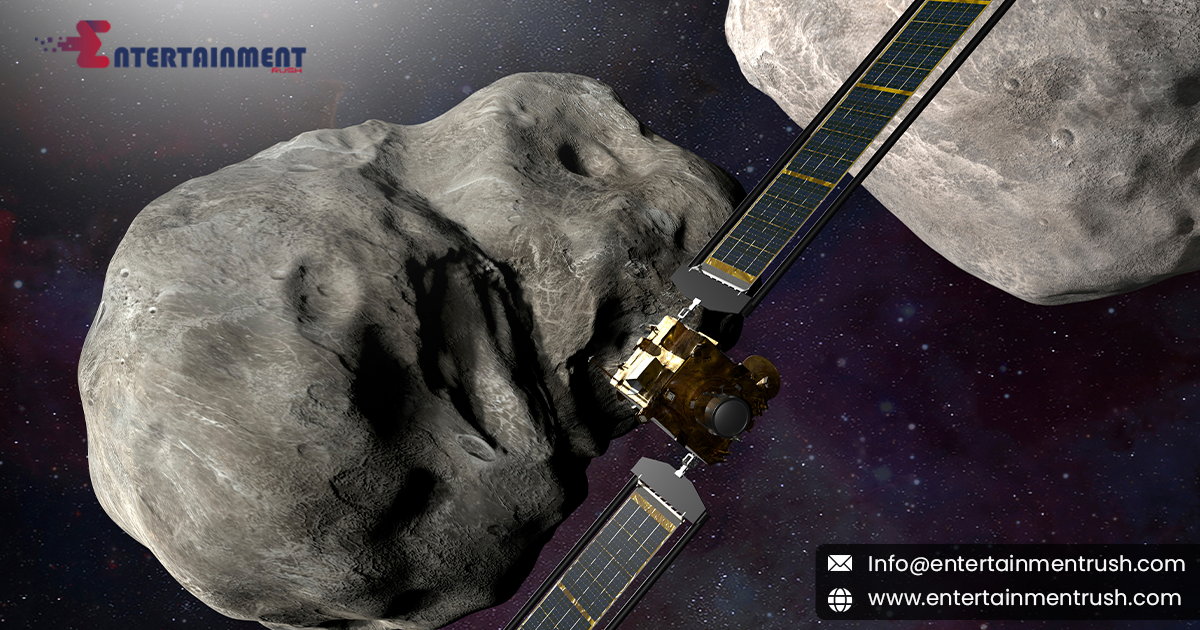As space missions draw to a close, the final images captured often hold a unique significance, encapsulating the essence of the journey and the wonders explored. For NASA’s asteroid hunter, the final image serves as both a farewell and a tribute to the ambitious quest that has expanded our understanding of the cosmos. This blog delves into the last captivating snapshot taken by this remarkable spacecraft, revealing the final moments of its mission and the insights it provides.
The Final Image: A Legacy of Exploration
The last image captured by NASA’s asteroid hunter represents more than just a photograph; it’s a testament to the mission’s achievements and the technological marvels that made it possible. This final snapshot captures the culmination of years of meticulous planning, exploration, and data collection, marking the end of a groundbreaking endeavor in space science.
The spacecraft, designed to study and analyze asteroids, has provided invaluable data that has enhanced our knowledge of these celestial bodies. As it approached the end of its mission, the final image offers a poignant glimpse into the distant world it was sent to observe.
What the Final Image Reveals
The final image showcases the asteroid in all its distant splendor, offering a last look at the object that has been the focus of the mission. Depending on the specifics of the mission, the image could reveal intricate details of the asteroid’s surface, such as craters, ridges, and other geological features. For missions focused on sampling or detailed study, the image might highlight the target area or provide context for the spacecraft’s final approach.
In many cases, the final image is taken during the spacecraft’s last moments of operation, capturing the asteroid from a unique angle or distance that was not previously achievable. This final perspective often offers a fresh understanding of the asteroid’s composition, structure, or behavior.
The Significance of the Final Image
Scientific Impact:
The final image contributes to the wealth of scientific data collected during the mission. It helps scientists and researchers to analyze the asteroid’s characteristics, refine models of its formation, and understand its role in the broader context of our solar system.
Mission Milestones:
This last snapshot marks the culmination of a series of milestones achieved throughout the mission. From initial launch to close encounters with the asteroid, each stage has contributed to a comprehensive understanding of the target.
Public Engagement:
For the public, the final image serves as a poignant reminder of the achievements of space exploration. It connects people with the mission’s goals and the beauty of distant worlds, fostering a sense of wonder and curiosity about the universe.
Historical Record:
As with other significant space missions, the final image becomes a historical record of the mission’s end. It will be remembered as part of the spacecraft’s legacy, preserved in archives and shared with future generations.
The Legacy of NASA’s Asteroid Hunter
NASA’s asteroid hunter has been instrumental in expanding our knowledge of asteroids, contributing to our understanding of their origins, composition, and potential impact on Earth. The final image is a symbol of the mission’s success and the continued efforts of scientists and engineers to explore and learn from our solar system.
The data and insights gained from the mission will inform future research and missions, paving the way for new discoveries and advancements in space exploration. The final image, along with the data collected, will be analyzed and studied for years to come, continuing to provide valuable information about the universe.
A Farewell and a New Beginning
As we reflect on the final image captured by NASA’s asteroid hunter, we celebrate the mission’s accomplishments and the lasting impact it will have on our understanding of space. This final snapshot serves as a fitting tribute to the mission’s success and the dedication of all those involved.
The image is not just a farewell; it’s a new beginning for the knowledge and discoveries that will stem from the mission. It stands as a testament to human curiosity and the drive to explore the unknown, inspiring future generations to continue the quest for knowledge beyond our world.




Leave feedback about this